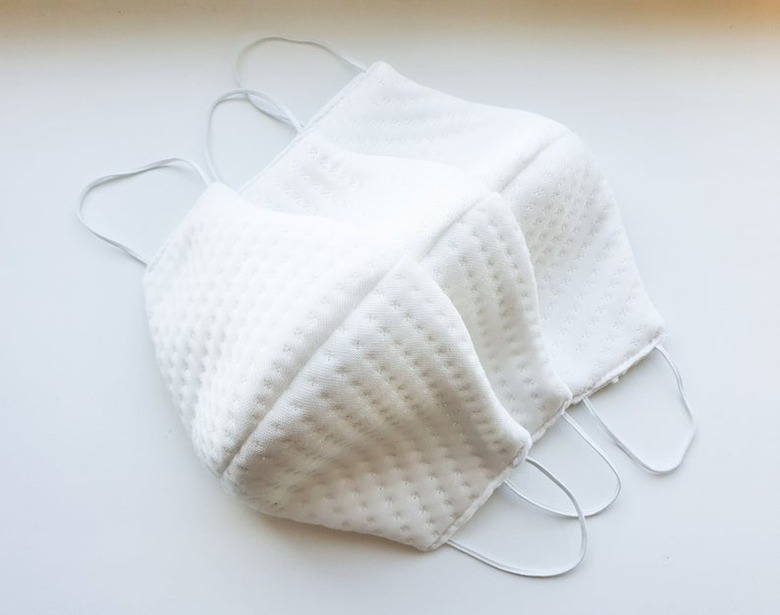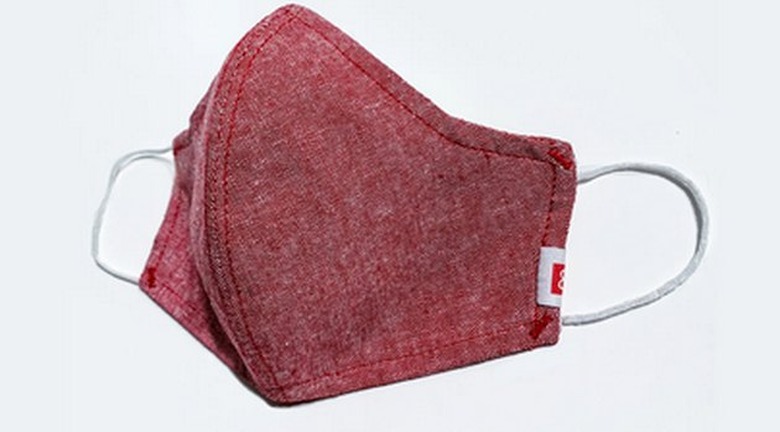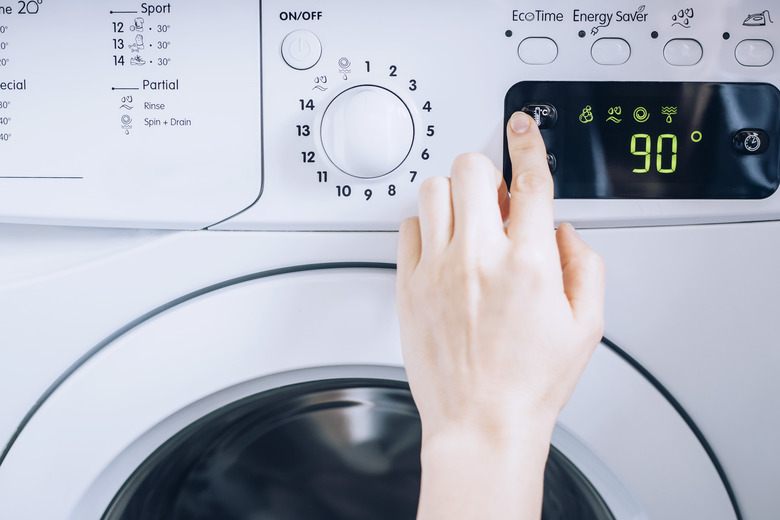How To Disinfect Your Face Mask Or Homemade Alternative
On Friday, April 3rd, the Centers for Disease Control (CDC) officially recommended that — in addition to measures such as washing your hands often, staying home as much as possible, and social distancing — all Americans wear cloth face coverings when they leave their homes. This advice is due to recent studies revealing that even coronavirus-infected individuals who currently lack symptoms could be spreading the disease when in close proximity to others.
"The cloth face coverings recommended are not surgical masks or N-95 respirators," the CDC notes. "Those are critical supplies that must continue to be reserved for healthcare workers and other medical first responders, as recommended by current CDC guidance."
We've compiled resources such as a no-sew face mask tutorial and a list of places where you might obtain a fabric face mask. But that got us thinking: how do we keep our face masks clean? We reached out to doctors and healthcare professionals to determine the best way to disinfect these face masks without risking contamination.
How to Safely Remove a Mask
Dr. Tobi Schmidt, a personal health advisor and educator, tells Hunker that before removing a mask "all other personal protective equipment should be removed, including gloves." You should also wash your hands thoroughly prior to handling the mask. "Masks are used for two purposes: to prevent an individual from spreading pathogens to others and to prevent individuals from being infected by pathogens," Dr. Schmidt states. "Either way, removing the mask needs to be done with caution so the pathogen isn't spread." With this in mind, you should also avoid directly touching your face when removing the mask or any other face covering.
When asked about the best way to remove a fabric face mask, Dr. Shan Soe-Lin — who holds a PhD in Experimental Medicine and a B.Sc in Microbiology and Immunology, both from McGill University, and a Master in Public Health degree from the Harvard School of Public Health — tells Hunker, "To put on and take off the mask safely, you should only touch the mask by the ear loops — never by the front. As you're manipulating the mask, be very careful not to touch the exposed part of the mask to your face, which would defeat the purpose of wearing one." Again, you need not wear gloves when removing the mask. Microbiologist Jason Tetro, author of The Germ Code, states that you should instead wash your hands with soap and water (or use a hand sanitizer, but only if water and soap aren't available) after handling the mask.
Cleaning Face Masks in a Washing Machine
If you have a washing machine and dryer available, Dr. Soe-Lin states that she washes her "masks at night, using a delicates bag to protect the elastic from getting snagged, in a hot wash, and then [dries] them on the hottest setting so they are ready for the next day." She recommends that you only wear your mask once before washing. "Taking a dirty mask on and off repeatedly is extra risk for self-contamination," says Dr. Soe-Lin. "But I realize some people may only have one [mask], so do the best you can."
The same methodology would also apply to all other face coverings, such as a bandanna or scarf. "For scarves, people should be especially mindful if they're re-wearing it to keep the same outside surfaces away from their face," says Dr. Soe-Lin. Again, do the best you can when it comes to washing your face covering as often as possible.
Cleaning Face Masks Without a Washing Machine
When it comes to disinfecting face masks and coverings without a washer, Tetro advises, "You can also just fill the sink with hot, hot water, add a little detergent, and let the mask soak for a good five minutes." He adds that there is no need to add vinegar — though often seen as a disinfectant, vinegar is not recommended by the CDC or EPA for preventing the spread of the coronavirus.
This is all in accordance with the CDC's official guidelines for removing and cleaning cloth face coverings. It's also important to note, according to the CDC, "Cloth face coverings should not be placed on young children under age two, anyone who has trouble breathing, or is unconscious, incapacitated, or otherwise unable to remove the mask without assistance."
Bottom line: try to wash your face mask as often as possible, and continue washing your hands on a frequent basis


